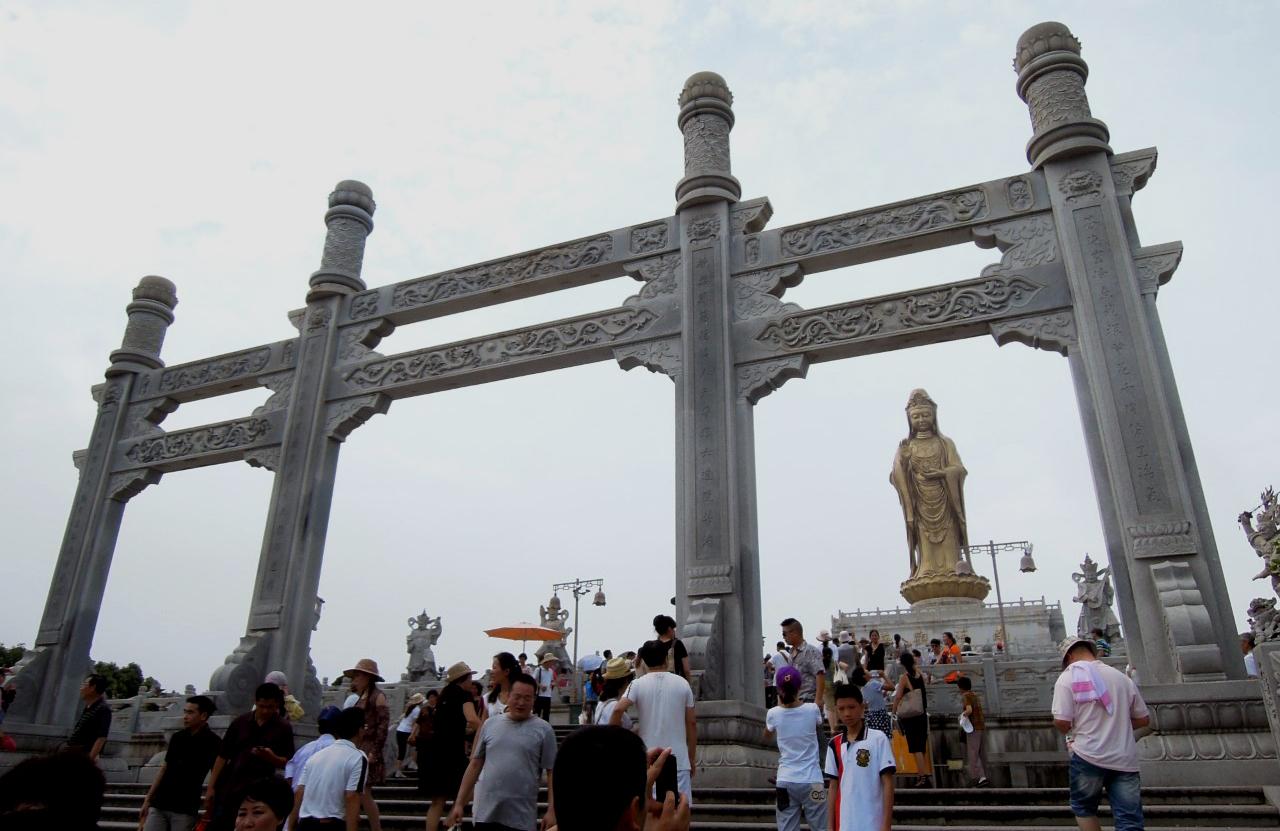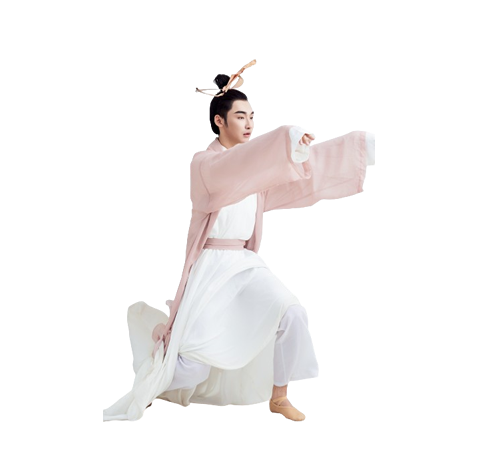

目錄
Taoism, Tao Te Ching, Tai Chi, Yin and Yang, Five Elements, Bagua, Celestial Master, Qi, Cultivation, Alchemy,The largest Taoist social platform, fostering the exchange of Taoist culture.
- 請登錄點贊、分享和評論!
- Today, Taoism is one of five religious doctrines officially recognized by the Chinese government, also having official status in Hong Kong and Macau.[9] It is considered a major religion in Taiwan,[10] and also has significant populations of adherents throughout the Sinosphere and Southeast Asia. In the West, Taoism has taken on various forms, both those hewing to historical practice, as well as highly synthesized practices variously characterized as new religious movements.Today, Taoism is one of five religious doctrines officially recognized by the Chinese government, also having official status in Hong Kong and Macau.[9] It is considered a major religion in Taiwan,[10] and also has significant populations of adherents throughout the Sinosphere and Southeast Asia. In the West, Taoism has taken on various forms, both those hewing to historical practice, as well as highly synthesized practices variously characterized as new religious movements.0 評論 0 股票 4684 視圖 0 Reviews
- "Taoism" and "Daoism" are alternate spellings of the same word. "Tao" is in the Wade-Giles romanization system, which until the late 20th century was predominant in English-speaking countries and remains in use for certain terms with strongly established spellings. "Dao" is the spelling in the Hanyu Pinyin system, officially adopted in China in the 1950s, which has largely replaced Wade–Giles.
The Standard Chinese pronunciation of both romanizations of the character "Dao" is the same, that is, /daʊ/, much like the English "dow". One authority calls the pronunciation with a <t> as in "tie" to be a "mispronunciation" originally caused by the "clumsy Wade-Giles system," which misled most readers. #taoism #daoism"Taoism" and "Daoism" are alternate spellings of the same word. "Tao" is in the Wade-Giles romanization system, which until the late 20th century was predominant in English-speaking countries and remains in use for certain terms with strongly established spellings. "Dao" is the spelling in the Hanyu Pinyin system, officially adopted in China in the 1950s, which has largely replaced Wade–Giles. The Standard Chinese pronunciation of both romanizations of the character "Dao" is the same, that is, /daʊ/, much like the English "dow". One authority calls the pronunciation with a <t> as in "tie" to be a "mispronunciation" originally caused by the "clumsy Wade-Giles system," which misled most readers. #taoism #daoism0 評論 0 股票 6281 視圖 0 Reviews1
- Traditionally, the Chinese language does not have terms defining lay people adhering to the doctrines or the practices of Taoism, who fall instead within the field of folk religion. Taoist, in Western sinology, is traditionally used to translate daoshi/taoshih (道士; 'master of the Tao'), thus strictly defining the priests of Taoism, ordained clergymen of a Taoist institution who "represent Taoist culture on a professional basis", are experts of Taoist liturgy, and therefore can employ this knowledge and ritual skill for the benefit of a community.[28]
This role of Taoist priests reflects the definition of Taoism as a "liturgical framework for the development of local cults", in other words a scheme or structure for Chinese religion, proposed first by the scholar and Taoist initiate Kristofer Schipper in The Taoist Body (1986).[29] Taoshi are comparable to the non-Taoist ritual masters (法師) of vernacular traditions (the so-called Faism) within Chinese religion.[29]
The term dàojiàotú (道教徒; 'follower of Dao'), with the meaning of "Taoist" as "lay member or believer of Taoism", is a modern invention that goes back to the introduction of the Western category of "organized religion" in China in the 20th century, but it has no significance for most of Chinese society in which Taoism continues to be an "order" of the larger body of Chinese religion.
#taoismmasterTraditionally, the Chinese language does not have terms defining lay people adhering to the doctrines or the practices of Taoism, who fall instead within the field of folk religion. Taoist, in Western sinology, is traditionally used to translate daoshi/taoshih (道士; 'master of the Tao'), thus strictly defining the priests of Taoism, ordained clergymen of a Taoist institution who "represent Taoist culture on a professional basis", are experts of Taoist liturgy, and therefore can employ this knowledge and ritual skill for the benefit of a community.[28] This role of Taoist priests reflects the definition of Taoism as a "liturgical framework for the development of local cults", in other words a scheme or structure for Chinese religion, proposed first by the scholar and Taoist initiate Kristofer Schipper in The Taoist Body (1986).[29] Taoshi are comparable to the non-Taoist ritual masters (法師) of vernacular traditions (the so-called Faism) within Chinese religion.[29] The term dàojiàotú (道教徒; 'follower of Dao'), with the meaning of "Taoist" as "lay member or believer of Taoism", is a modern invention that goes back to the introduction of the Western category of "organized religion" in China in the 20th century, but it has no significance for most of Chinese society in which Taoism continues to be an "order" of the larger body of Chinese religion. #taoismmaster0 評論 0 股票 7923 視圖 0 Reviews - Taoism began to recover during the Reform and Opening up period (beginning in 1979) during which mainland China experienced increased religious freedom.This led to the restoration of many temples and communities, the publishing of Taoist literature and the preservation of Taoist material culture.[118] Several Chinese intellectuals, like Hu Fuchen (Chinese Academy of Social Studies) and Liu Xiaogan (Chinese University of Hong Kong) have worked to developed a "New Daojia" (xin daojia), which parallels the rise of New Confucianism.Taoism began to recover during the Reform and Opening up period (beginning in 1979) during which mainland China experienced increased religious freedom.This led to the restoration of many temples and communities, the publishing of Taoist literature and the preservation of Taoist material culture.[118] Several Chinese intellectuals, like Hu Fuchen (Chinese Academy of Social Studies) and Liu Xiaogan (Chinese University of Hong Kong) have worked to developed a "New Daojia" (xin daojia), which parallels the rise of New Confucianism.0 評論 0 股票 6327 視圖 0 Reviews
-
-
- After Obamas get personal at DNC, Trump asks, 'Do I still have to stick to policy?' #obamas #trump #bidenAfter Obamas get personal at DNC, Trump asks, 'Do I still have to stick to policy?' #obamas #trump #bidenNEWS.TAOERS.COMAfter Obamas get personal at DNC, Trump asks, 'Do I still have to stick to policy?'Former President Trump points to personal attacks by the Obamas as justification to disregard advice from allies to cut out insults and stick to policy attacks on Vice President Kamala Harris.0 評論 0 股票 5530 視圖 0 Reviews
- “希望未来我们能够扩大两岸命运共同体的认知,常来常往!”台湾中华教科文创新发展协会会长林志远道。8月26日,以“寻根圣君故里,促进闽台融合”为主题的2024年闽台张圣君信俗文化交流活动在永泰盘谷方壶岩成功举办。本次活动邀请了台湾文化界学术代表、台湾全境19个县市宫庙代表等350人参加此次盛会。 #两岸“希望未来我们能够扩大两岸命运共同体的认知,常来常往!”台湾中华教科文创新发展协会会长林志远道。8月26日,以“寻根圣君故里,促进闽台融合”为主题的2024年闽台张圣君信俗文化交流活动在永泰盘谷方壶岩成功举办。本次活动邀请了台湾文化界学术代表、台湾全境19个县市宫庙代表等350人参加此次盛会。 #两岸0 評論 0 股票 1888 視圖 0 Reviews1









